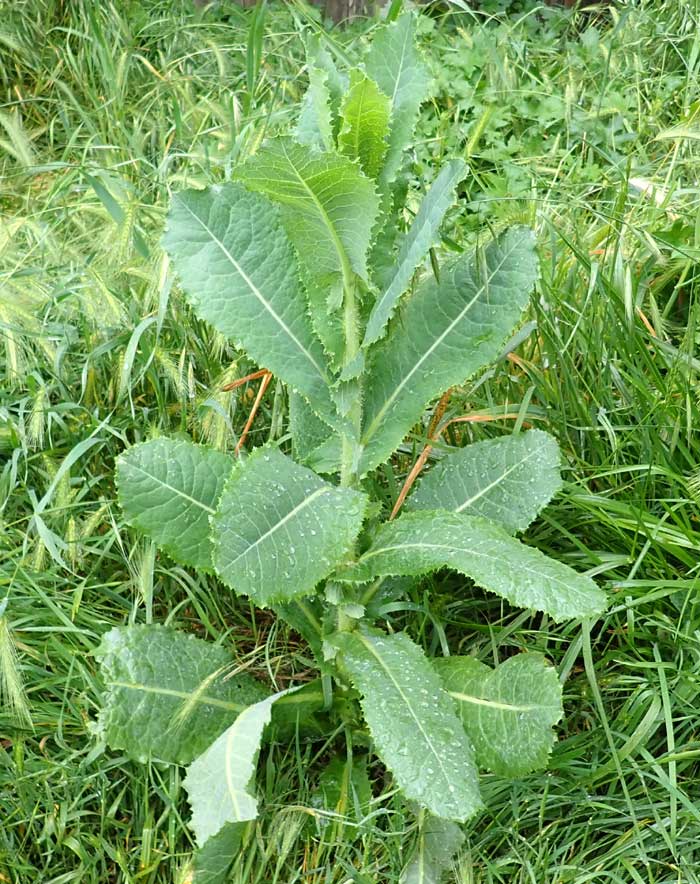


The health benefits rely on their biochemical effect when reaching the bloodstream. The benefit of lettuce consumption depends on its composition, particularly antioxidants, which can function as nutrients. At the same time, nutrient composition and antioxidant compounds are different between lettuce varieties, especially for green and red lettuce types. Additionally, lettuce is an excellent source of bioactive compounds such as polyphenols, carotenoids, and chlorophyll with related health benefits. There are different types in the lettuce group for consumers to choose from. Lettuce is one of the most famous leafy vegetables worldwide with lots of applications from food to other specific uses. For the first time, the conformational analysis was done for selected illegal drugs, giving rise to the search of the biologically active conformations both theoretically and using lab experiments. This is the first review that thoroughly gives the literature on both natural and synthetic illegal drugs with old known data and very hot new topics and investigations, which enables the researcher to use it as a starting point in the literature exploration and planning of the own research. We describe different classes of these NPS drugs with emphasis on the methods used to identify them and the identification of their metabolites in biological specimens. New research and evidence suggest that drug use can cause a variety of adverse psychological and physiological effects on human health (anxiety, panic, paranoia, psychosis, and seizures). Easy access to illicit drugs at low cost and lack of effective means of routine screening for new psychoactive substances (NPS) have contributed to the rapid increase in their use. An increase use of psychoactive substances is observed among young people who do not have enough awareness of the harmful effects of these substances. The misuse of psychoactive substances is attracting a great deal of attention from the general public. From the results obtained, it can be evidenced that although several analytical methods for the simultaneous quantification of different molecules from the same plants have been developed and validated, a comprehensive method to detect active compounds from different natural specimens both in biological and non-biological matrices is still lacking. The psychoactive principles contained in the following plants were investigated: Areca catechu, Argyreia nervosa, Ayahuasca, Catha edulis, Ipomoea violacea, Mandragora officinarum, Mitragyna speciosa, Pausinystalia yohimbe, Piper methisticum, Psilocybe, Rivea corymbosa, Salvia divinorum, Sceletium tortuosum, Lactuca virosa. To fill this gap, we reviewed the currently available analytical methodologies for the identification and quantification of NPS of natural origin in plant material and, whenever possible, in conventional and non-conventional biological matrices of intoxicated and dead subjects. Consequently, their identification is not frequently performed and produced metabolites are often unknown. In addition, the metabolism of natural active principles has not been yet fully investigated for most of the psychoactive substances from plant material. Moreover, to our knowledge, scarce data are present in literature, about the characterization and quantification of the parent drug in biological matrices from intoxication and fatality cases. Few information is available in relation to the analytical identification of psychoactive principles contained in the plant material. Catha edulis and Ayahuasca, respectively) while few of them show sedative and relaxing properties (e.g. The majority NPS of natural origin presents stimulant and/or hallucinogenic effects (e.g. With respect to this latter group, a wide range of alkaloids contained in plants, mainly from Asia and South America, can be included in the class of NPS of natural origin. New psychoactive substances (NPS) can be divided into two main groups: synthetic molecules and active principles of natural origin.


 0 kommentar(er)
0 kommentar(er)
